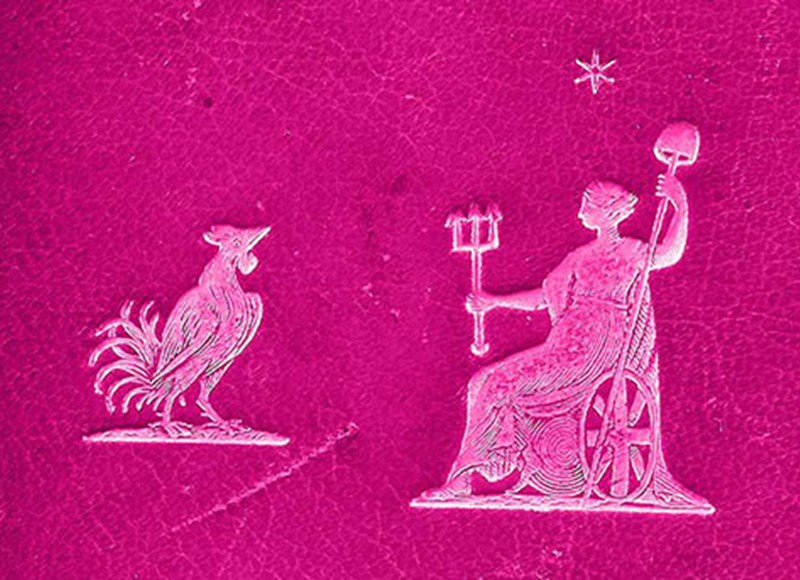
Your experience will be quite different from that of people in the 17th and 18th centuries. They read political information printed on paper in a wide variety of sizes and formats.
This exhibition asks 'what makes a text political?' and follows this question through a period of great political uncertainty in Scotland and England. Pamphlets, proclamations and sermons carry the arguments for and against the Union of Parliaments of 1707. Newspapers, known as newsbooks, report on events at home and abroad during the English Civil War. Different editions of a book by King Charles I feature colour and elaborate illustrations. Books bound in striking leather for "a lover of liberty" carry meaningful symbols on their cover.
Many of the political texts that survive are now available in digital formats to study and explore, opening up the past for the 21st century reader. But how does seeing them on a screen differ from the real thing? Explore some of the digital versions on our screens to compare the options.
The display is one of the outputs of three workshops with the University of Newcastle on the topic of Experiencing Political Texts. The project was funded by an AHRC Research Network Grant.
